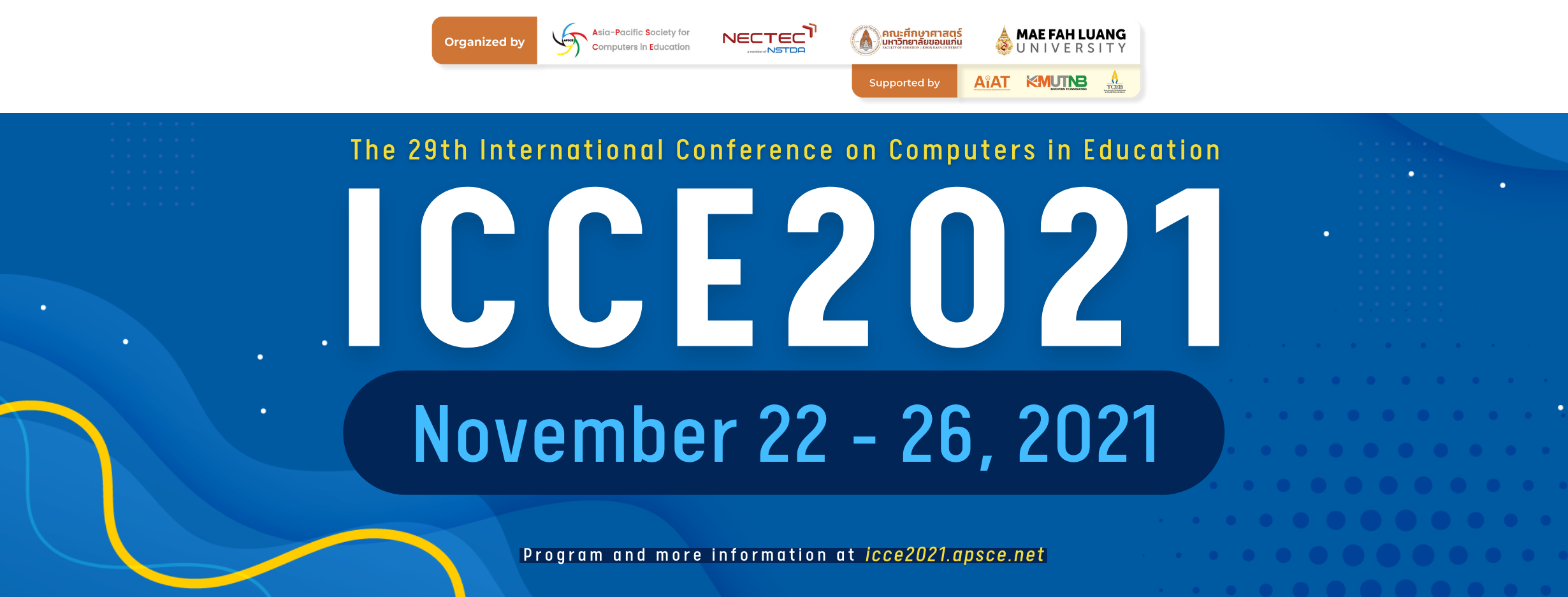Integrating E-learning into Self-regulated Learning Instruction: A Holistic Flipped Classroom Design of a Classical Chinese Reading Intervention Program
Abstract
The paper introduces the design of an intervention program which integrates in-class self-regulated learning (SRL) instruction and out-of-class e-learning activities based on the theoretical model of flipped classroom to enhance Hong Kong junior secondary school students’ learning of Classical Chinese (CC) reading. Four instructional principles of SRL instruction, namely task nature, teacher support, student autonomy, and mastery-oriented evaluation, are used to guide the design of learning activities. To compensate for the common problem of lacking teacher support in e-learning, in-class instruction will help students establish a good foundation for CC reading and extend their knowledge and skills learned in out-of-class e-learning activities. To change students’ reliance on their teachers when learning CC reading, out-of-class e-learning activities will provide opportunities for students to practice their self-regulatory skills independently. While previous studies have demonstrated the benefits of SRL instruction and using technology to enhance language learning, this intervention program makes a first attempt to integrate SRL instruction and e-learning into CC reading instruction.Downloads
Download data is not yet available.
Downloads
Published
2021-11-22
Conference Proceedings Volume
Section
Articles
How to Cite
Integrating E-learning into Self-regulated Learning Instruction: A Holistic Flipped Classroom Design of a Classical Chinese Reading Intervention Program. (2021). International Conference on Computers in Education. https://library.apsce.net/index.php/ICCE/article/view/4190


